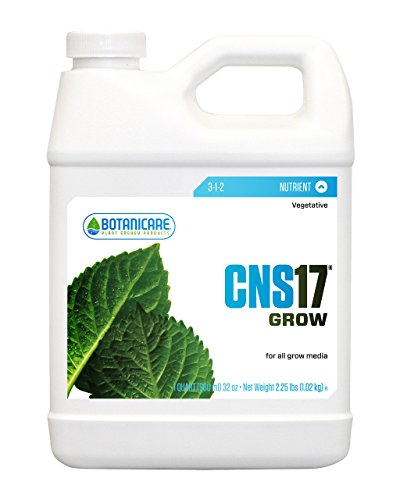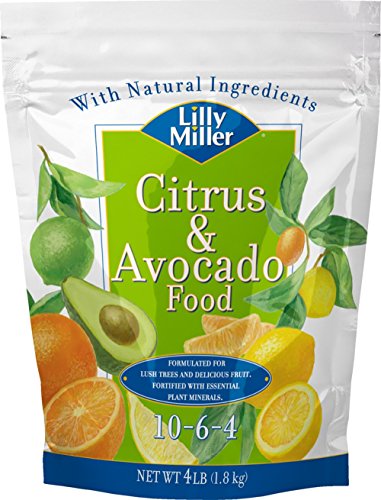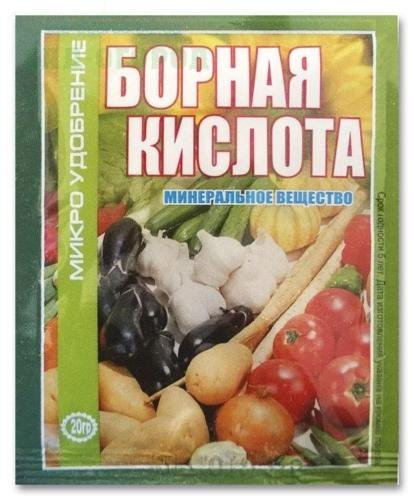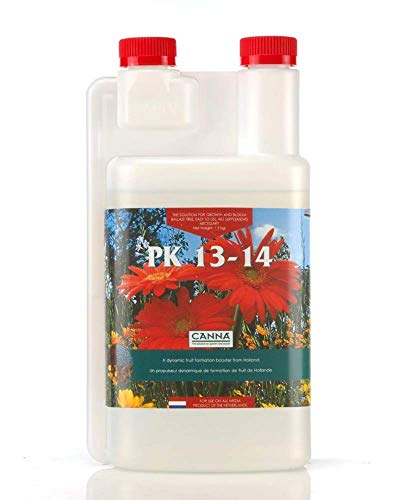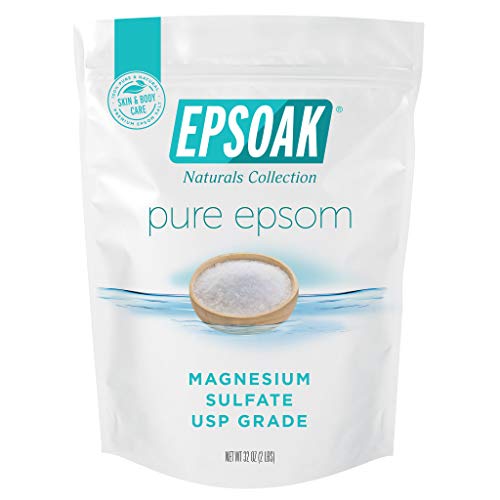Homemade Fertilizer: Top 5 best homemade fertilizers for your garden (Updated for 2023)
What are Fertilizers?
These are chemical substances derived either from rock sources or by the reaction of different chemicals to evolve new chemistries that are used to enhance the productivity of the crops, vegetables, fruits, vines, and Cannabis on the daily basis as they contain major elementals such a Nitrogen, Phosphorus and Potash along with some micronutrients like Molybdenum & Boron needed to grow crops comprising of a total of 17 nutrients that help plants perform different functions starting from the germination of the seeds to flowering stages. Generally, they are divided into two major categories i.e. Inorganic and Organic fertilizers.

How to make homemade fertilizer
Making fertilizer at home is the composting. All type of organic matter can be used in homemade fertilizers that breaks down over time while three factors are considered important for speedy decomposition if you are trying it at yourself. Most important being the C: N ratio, turning of the compost piles and temperature & humidity decide all together when your composting process is complete. Plant-based organic matter, grass clippings, sawdust, Farmyard waste, plant debris, fruit and vegetable peels, poultry droppings and fruit and vegetable scraps & kitchen waste can be easily composted at home if the C: N ration, temperature, moisture, and turning frequency is put in forth. How to make your fertilizer for cannabis plants is so easy while you maintain a good ratio of Banana peels, citrus peels, eggshells and coffee grounds along with animal dung and urine if available from the cattle or goat at home or your farm. You are supposed to avoid bones, meat, fats, and inorganic material while composting.
To maintain an ideal C: N ratio of the media, add equal quantity of green and dry matter into the piles while it is worth remembering that all green material is rich in nitrogen whereas dry clipping including grasses, chopped fodder or dried leaves are high in carbon contents.
Put layers of this equally mixed material into the compost bin that provides sufficient aeration to the microorganisms, worms, and bacteria that are supposed to decompose these contents into a homemade fertilizer. You can use this compost bin or any other with similar provisions as making the perfect fertilizer for cannabis plants is easy if your using;
7 Cubic Feet Compost Wizard Dueling Tumbler: As it allows you to run two compost batches simultaneously in one tumbler.
add organic mix contents to this tumbler and place at a warm sunny location in your garden. Keep contents moistened not soggy as extra moisture may lead to odors and would slow the process of decomposition due to limited oxygen. Your compost is ready in 2-3 months depending on the conditions of temperature, moisture, and C: N ratio of the media.
Envirocycle-The Cutest Composter: It is a composter with a decent look while you can place it anywhere in the house or your garden that suits well to both types of composting whether solid or liquid that depends on your choice.
will work as a composter bin, made with the material safe for food.
Why make your own fertilizer?
There are several reasons to make your own fertilizers at home with the best available stuff that otherwise goes into the city’s bin while sometimes, you have to wait long for the garbage services before it starts decomposing at the spot and release odors to create a nuisance for the residents inviting flies and mosquitoes in the area. The best thing is to handle it at the spot while assuring that you are dealing with the content that belongs to you and you know its Genuity.
– Homemade fertilizers provide you a quick solution to compost that Is your own and you don’t need to go anywhere to buy such stuff. You can take it into account and use essential nutrients for your plants with very little effort in the shortest time.
– Too much money is spent in buying large packs or specialized products while you have little needs and leftover goes into the waste or expires in some corner of the store whereas in composting organic matter, it can be used for the prolonged time and it never expires rather it quality & performance increases with the time.
– You are becoming a part and partial of the active decomposition process increasing sustainability for your garden, environment, and microclimate around you.
Understanding cannabis nutrients: N, P, K and what it means when growing cannabis?
N, P, K stands for Nitrogen, phosphorus, and potash respectively and are the major essential nutrients for growing all sorts of crops, vegetables, fruits and Cannabis as well while plants require varying ratios of these elements at different stages of growth whereas the majority of N, P and Potash comes from the commercially available chemical fertilizers. When chemicals fertilizers are applied to the plants especially Cannabis, only the certain amount of the applied quantity is utilized by the plants while most of the fertilizers are wasted either in the evaporation process or leaching into the soil depth beyond the root zone becoming unavailable for the plants and create a hard crest that not simply limits roots from penetration that crest but also raises soil pH levels making the media unstable for further growth.
On the other hand, N, P, and K are also found in compost in the limited ratio that varies from 2-6% depending on the composting media but provide a stable feeding pattern for the Cannabis and other plants keeping the pH in balance and never leaches down beyond the root zone.
Nitrogen(N): being the essential nutrient during the initial stages of Cannabis growth, is needed for the synthesis of chlorophyll & in making glucose necessary for further plant growth.
Phosphorus(P): is vital in the process of root development and increasing its biomass.
Potassium(K): it helps in all metabolic activities of Cannabis and is vital for photosynthesis and in making vital proteins and amino acids. It also helps in developing plant’s immunity against diseases & pests and withstand environmental stress such as heat and cold.
Different growing stages of Cannabis need the varying ratio of N, P and Potash but all 3 nutrients remain plant need starting from sprouting to the first flowering stage.
Considering the need for fertilizers for the Cannabis plants, 3 stages are critical i.e. vegetative growth, early flowering, and late flowering, where any deficiency of nutrients will lead to compromise number of flowering and ultimately the yield of the Cannabis.
Cannabis Seedling needs a very little amount of fertilizers while their Nitrogen needs are high whereas they would use less ratio of Phosphorus and Potassium than required in vegetative and flowering stages.
Cannabis needs Phosphorus and Potash in the ratio of 1:2 through its all growth period.
#1 Fertilizer for seedlings
These ratios make a better combination from sprouting to initial vegetative growth of Cannabis.
1 Liter – CANNA Start: is an ideal fertilizer containing 2:1:2 ratio of NPK for seedlings and rooted Cannabis plants.
#2 Fertilizer for Growth Phase
Fertilizer for the growth stages needs 3 parts nitrogen, 1-part phosphorus and 2 parts of potash for successful offshoots and aggressive growth.
Botanicare-NCNS17GQT Fertilizer: A standalone combination for roots development and speedy vegetative growth containing NPK along with Calcium and 13 other essential micronutrients needed at this stage.
while in the late vegetative stage this combination can be replaced with an additional nitrogen source
Lilly Miller Citrus & Avocado Food 10-6-4: Although the product has been formulated for the fruit plants it would be ideal to place it in the late vegetative stages of the growth.
Or you have the option to use NPK (10:5:7), if available near you that will provide a strong base for the flower initiation.
#3 For the Flowering Stage
For the early flowering or to induce flowering, you need to add 1-part Nitrogen and Phosphorus along with 2-parts Potash. You can add this formula if a relevant product is not available for this stage.
Plant Food-NPK 10-5-14: Although it is higher in Nitrogen content but can be applied if no nitrogen is applied further to stop vegetative growth and induce heavy flowering.
on the other hand, this is the best time to apply Boron that will increase the number of pollens for bud’s formation and flower establishment.
Micro fertilizer Boric acid/Fertilizer: It can increase the intensity of flowering in Cannabis while its application is quite easy.
Dilute 3-5 grams of Boron fertilizer in 1 gallon of water and spray your plants using a mist sprayer.
#4 Fertilizer for Final Flowering Phase
You don’t need to add nitrogen here as it may induce further vegetative growth that reduces the bud formation and flower induction at the right time whereas Potash quantity needs to be double than Phosphorus at this stage.
Bud Phase Additive NPK (0-10-11): it’s an effective combination of Potash and Phosphorus that contains Potash and Phosphorus 10 & 11% respectively. Whenever applied, becomes available to Cannabis plants immediately in all type of mediums.
here is a quick guide that guides you on how to handle Cannabis fertilizers during its 12 weeks growth.
– Vegetative growth weeks 1-4: 3 Parts Nitrogen, 1-part Phosphorus, 2 Parts Potash.
– Veg & Initial Flowering Weeks 4-8: 1 Parts Nitrogen,1-part Phosphorus, 2 Parts Potash.
– Flowering stage weeks 9-10: 0 Parts Nitrogen,1-part Phosphorus, 2 Parts Potash.
– Flowering stage weeks 11-12: 0 Parts Nitrogen,0-part Phosphorus, 0 Parts Potash.
Homemade fertilizer indoor plants
#1 The best fertilizer for the growth phase
Coffee grounds: are one of the widely used homemade fertilizers that roughly contain 2% nitrogen and provides acidic media for growing Cannabis creating a suitable environment for the development of bacteria. Cannabis plants are in great need of nitrogen at the initial vegetative growth while the Coffee grounds provide a good organic substitute for this purpose. Add coffee grounds to the composting media so that it mixes firmly with the content to become available for the quick nitrogen addition to the Cannabis plants.

#2 The best Fertilizer for the final flowering phase
Wood ash: It can be collected from the BBQ grill where you are supposed to use wood logs for cooking. Wood ash contains a fair amount of Potash and Phosphorus that is the ultimate need of the Cannabis for the final flowering stage. It can be spread near the surface of the Cannabis stem and watered afterward. Another option includes to add this dust to the composting media for rapid decomposition and preserving these nutrients for further use.

#3 Homemade fertilizer for outdoor plants
If you are looking for a quick resolve for your outdoor gardening greens and Cannabis then Epsom salt is that easy thing that turns into homemade organic fertilizer containing naturally occurring Magnesium and Sulfate minerals.
Epsoak Epsom Salt:
add 1 tablespoon of Epsom salt in 1 gallon of water and apply while you are watering your plants. It’s an excellent food for vegetables, roses and outdoor Cannabis in your garden.
Top 5 best homemade fertilizers
#1 Banana & Citrus Peels
Banana contains a lot of potassium and decomposes easily when you bury it near the stem of the plants in your garden and help plants in developing & establishing their roots along with the flower initiation in Roses, ornamentals and Cannabis plants. Simply throw banana peels into the pots and bury under the thin cover of gardening soil. It will start decomposing to release potash immediately while Citrus peels contain N and P along with Potash that can be added into the garden soil directly or you may add it the composting material for rapid decomposition being creating the acidic media into the composting material. Cut citrus peels into thin slices and add either into the soil or into the composting media for the rich fertility of your garden soil.

#2 Coffee Grounds
Coffee grounds perform superbly when added into the soil directly as they contain about 2 % nitrogen that is released very slowly upon getting moisture when you water your plants. Coffee grounds lower pH levels of soil that are highly beneficial if you are growing vegetables, fruits and vines in your garden especially tomatoes, artichokes, berries, and roses. Spread coffee grounds on the surface of the garden soil and cover with a thin layer of soil or into the raised bed and water afterward. The results will be vigilant in a couple of weeks.

#3 Kitchen Scraps
Collect the entire kitchen stuff and use it into the composting process. Kitchen scraps decompose naturally as it contains and rich and a balanced C: N ratio of Nitrogen and carbon that is needed for ideal decomposition and making a compost that enhances the fertility of your garden soil and increases the water-holding capacity of the soil. Use the composted stuff for the years as there are no chances of further decay into the media once you have prepared an ideal homemade fertilizer. Composted material from the kitchen stuff is ideal for growing vegetables, microgreens and herbs including Cannabis in your outdoor garden.
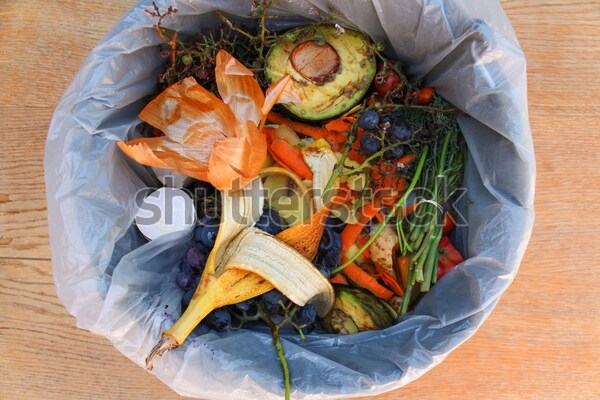
#4 Eggshells
Eggshells are Calcium factories that contain about 90% calcium carbonate that creates an ideal growing media if your garden soil is acids in nature whereas certain plants don’t like media for their optimum growth. It possesses the qualities similar to Lime and has several advantages that firstly it makes a natural fertilizer. Secondly, it is a cheaper source and you have the continuous supply of eggshells if you love to use eggs in your regular diet. Calcium is much-needed plant food that helps in the development of plant skeleton being an active member of the plant’s cellular growth. Calcium deficiency would lead to developing root rots and blights on the gardening greens. Simply wash and crush eggshells and bury them under a thin layer of garden soil for better results.
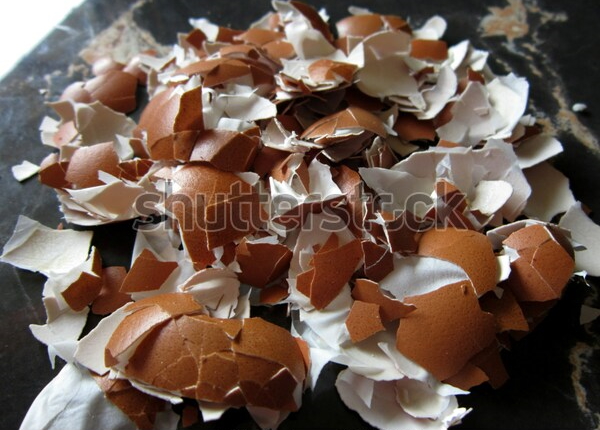
#5 Wood Ash
Wood ash is an excellent source of Phosphorus and Potash that your plant needs at the time of flowering and fruit development stages during their process of growth.
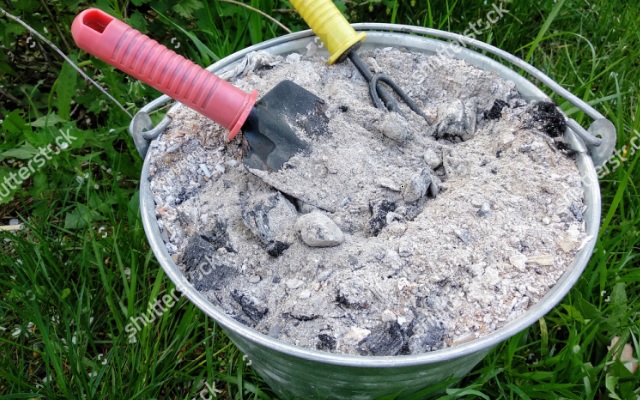
You may collect wood ash from the BBQ grill or Stove inside the house to spread on the garden beds, raised beds and pits of the plants and water them afterward while its contents will dissolve into the water to reach the root hairs of the plants where they get absorbed to benefit the on-ground structure of the plants including vegetables, fruits, vines, herbs, and Cannabis plants. Wood ash can also be mixed into the garden soil before planting or during the vegetative growth of the plants.
What is the best homemade fertilizer?
A best homemade fertilizer is utilizing the entire organic waste into the composting process whether you have stove tea leaves, coffee grounds, eggshells, banana & Citrus peels, grass clippings, animal dung, poultry droppings, wood ash, and weed without seeds or plant debris including green and dried leaves provided that the composting material exhibit an ideal C: N ratio for the green and dried materials being used in the process.
How do you make natural nitrogen fertilizer?
If you are struggling to make high rich nitrogen fertilizer for your garden needs then animal-based content is the best option to utilize for composting. Predominantly such products include blood meal obtained from slaughtering the cattle, feathery meals from the poultry industry including poultry droppings and fish meal including the entire marine living. Animals based fertilizers decompose quickly to release more nitrogen that is readily available in the form of nitrates for the outdoor Cannabis plants.



